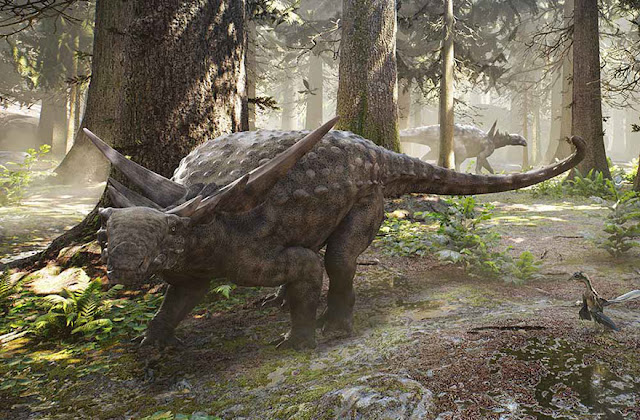Saqqara Bird" is a small
wooden replica of an actual ancient Egyptian flying machine? The Saqqara bird was
excavated in 1898 from a tomb of Pa-di-lmen in Sappho in Saqqara, Egypt. It has
one prodigious problem and that is its lack of information since its early
discovery. Saqqara bird is one of most mysterious objects ever discovered. It
is believed that Saqqara bird is 2,200 years old, resembles to modern day
airplane with the head of bird. Some people speculate that ancient Egyptians
may have understood the processes of aerodynamics and that the Saqqara Bird may
have been a scale model of an actual working aircraft or glider of some type. The
perfect placement of the wings reveals advanced aerodynamics design. The
Saqqara bird is made of sycamore wood, the bird may have been a ceremonial
object, a toy, or even some kind of weather vane. The bird is a fun historical
footnote, a minor mystery whose true persistence may never be known, but it
doesn't represent anything earth-shattering nor does it?
In 1969, the archaeologist Dr.
Khalil Messiha was a professor Of Anatomy for the Artist at Helwan University.
He was also a member of the Royal Aeromodellar's Club and the Egyptian
Aeronautical Club. He was also an amateur student of bird models .During
excavating he came upon a wooden object similar to a bird, mere 7 inch
wingspan, and this object has baffled archaeologists and researchers for years.
The Saqqara bird has eyes, a nose but the wings are not similar to the wings of
birds. The wings resemble to modern day jet plane. To the middle of the rump, the
wings are bit thicker; it is where the lift up is at the highest point. The
wings become thinner to the end and those wings are modeled down and this is
the point which proves that the Saqqara bird has advanced aerodynamic design in
its construction.
What is also very imperative is
that birds have no rudders, they don’t need rudders. The wing is made of one
piece of wood, and its span is exactly 18 cms. The part of the body is the
thickest 8 millimeters. Then it tapers in thickness towards the tips. There is
a Dihedral angle which is somewhat uneven on both sides due to slight distortion
of the wood, caused by the passage of time. Messiha claims "The lower part
of the tail is broken and flat which I think may be evidence that the tail was
attached there. Saqqara Bird has been housed in the Museum of Egyptian
Antiquities in Cairo. The Saqqara Bird has a vertical stabilizer which is
unlike the generally horizontal shape of a real bird's tail. This fin as
"shaped as if the bird had twisted its tail feathers. It is also legless
and has wings set at an angle Messiha sees as similar to that of modern
aircraft, which he considered an attempt to create aerodynamic lift.
The Saqqara Bird is just a tiny
part of the many theories concerning of the prospects of ancient lost
technology and, like most debated theories, we’ll maybe never know the real
story. It could be a model of an ancient flying machine, it could be nothing
more than a little wooden bird, or it could be something in between. Whereas
there are several theories as to what this object is, until now no solid
conclusion has been offered. The History Channel, as part of its continuing
plan to completely discredit itself, ran an episode of the show "Ancient
Discoveries" which purported to prove that the Saqqara Bird was capable of
flight. However, the most common accepted theory is that the Saqqara Bird is
actually a sacred bird that was used as decoration on the masts of ships or a
toy model of a bird.











































